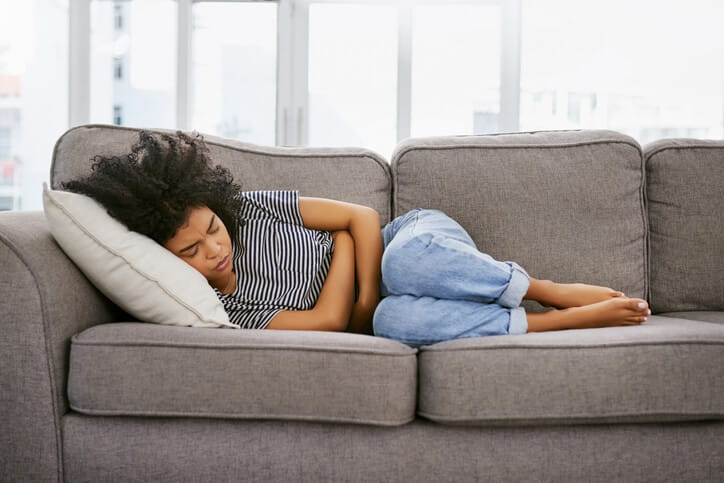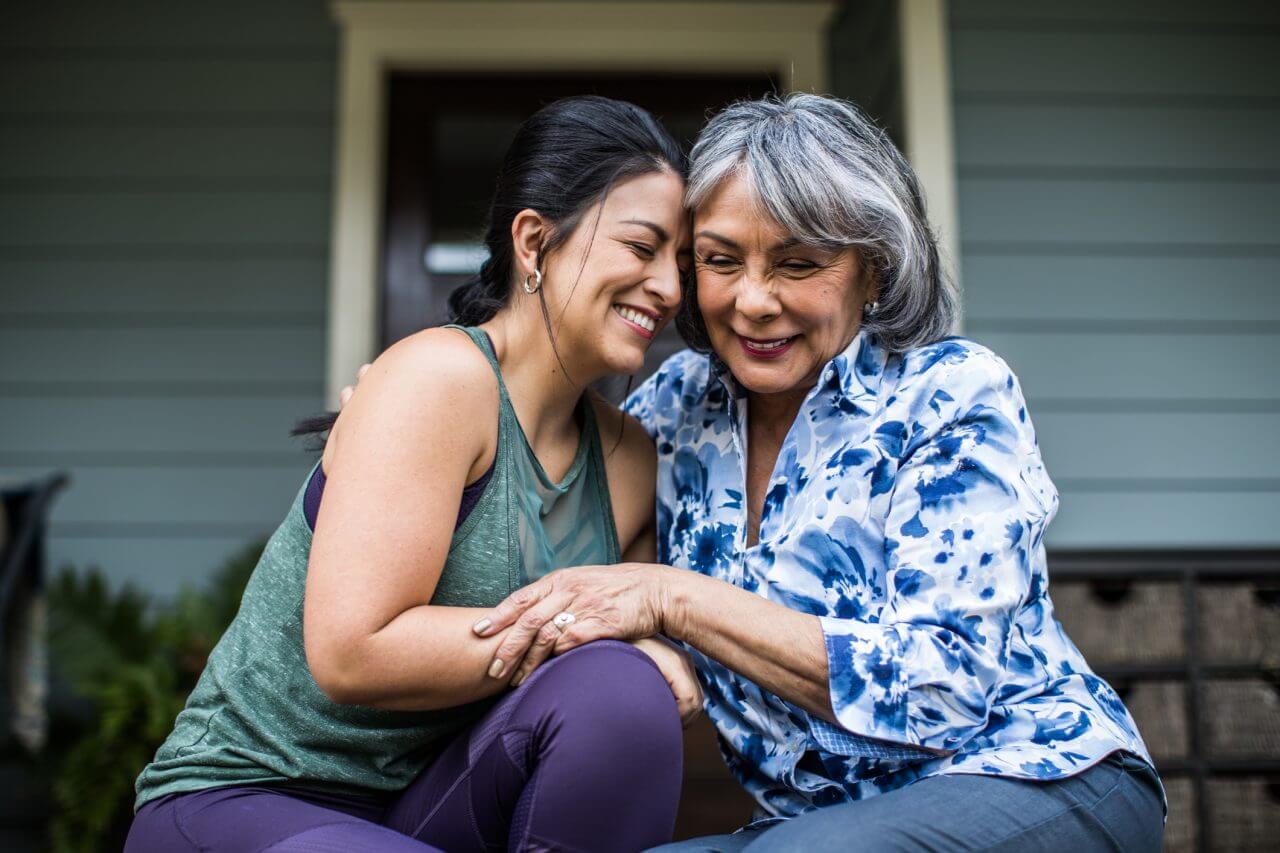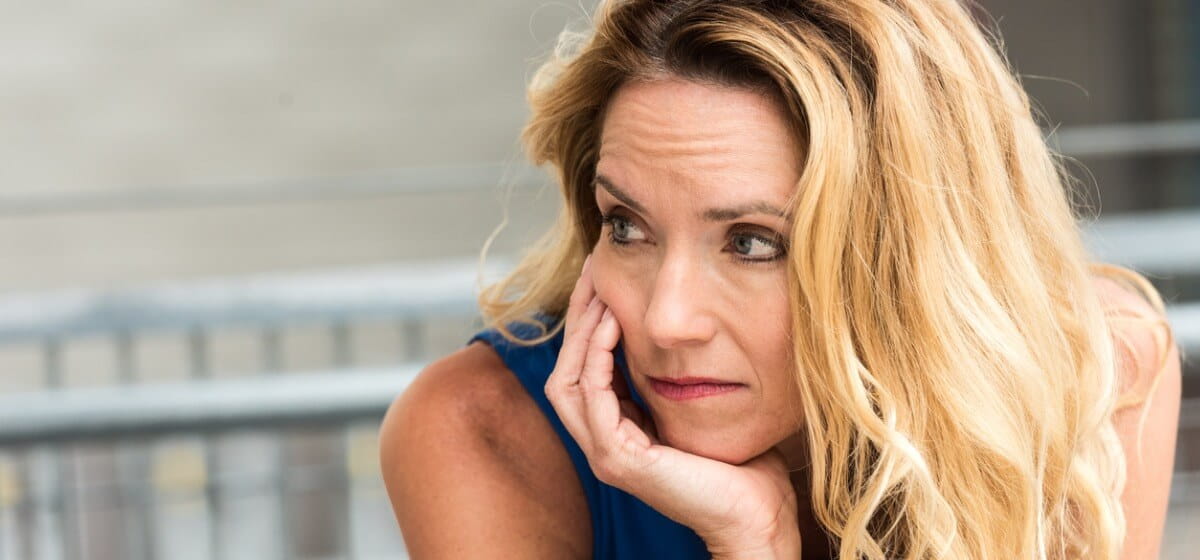Changes in Menstrual Cycle in 20s, 30s & 40s

Sorry, Grandma: It’s now old-fashioned to call a woman’s period “the curse.” And thank goodness. But that doesn’t mean it’s easy.
For about 40 years — from the onset of menstruation around age 12 to the start of menopause at about 51 — women experience a variety of symptoms, from the barely noticed period to those that are heavy and painful.
Period Changes Throughout Your 20s, 30s and 40s
“Everyone is unique in how they experience things,” says Matthew L. Sublette, MD, with Baptist Health Medical Group in Paducah. “That’s one of the many things we cover in your annual gynecological exam. We’re going to ask, ‘How are your periods?’”
Dr. Sublette offers some insights into how periods might differ at various ages.
Period During Adolescence
When periods start, they tend to be irregular, rather than monthly, because the hormone system has not matured, Dr. Sublette says. “It’s a less frequent cycle. You may have a period and then not have one for two or three months.”
Periods tend to be lighter at this age, and young women generally won’t have much pain.
“They may have a little cramping and typical PMS symptoms,” such as breast tenderness, fatigue, moodiness and acne, Dr. Sublette says, “but we don’t see a lot of adolescent girls coming into the office because their periods are terribly painful.”
The hormone system matures within a few years, bringing with it a more regular cycle.
Period in Your 20s and 30s
Periods should be regular during these years, although the time between them might vary slightly if a woman is not on a birth control pill that regulates timing.
“It’s normal to not have your period start on the same day every month. But most people establish their period pattern,” Dr. Sublette says. For example, a woman might know her period is roughly once a month lasting five days, with two days of normal flow and spotting on the others.
As women start having babies during these childbearing years, periods often become heavier and more painful. “We think it has to do with the placenta and its attachment to the uterine wall,” Dr. Sublette says. The changes left in the structure of the uterus are thought to cause menstrual cycle inflammation and pain.
Even for women who haven’t had children, periods might be heavier or more painful in these years because gynecological conditions such as endometriosis, uterine fibroids, and ovarian cysts have had time to develop. That’s why cramping is most common in the late 30s to early 40s.
After a baby, mothers who breastfeed may not have a period for a while, with their hormones suppressing the normal cycle. Those who don’t breastfeed may have their next period four to six weeks after the birth.
Period in Your 40s and 50s
As women enter the decade before menopause — which includes perimenopause, the period before menopause — they will start to see irregularity develop again, Dr. Sublette says.
“It’s very common in my practice to see women in their early 40s for heavy periods, painful periods and irregular periods,” he says. “As women get older and their ovaries start running out of eggs, then ovulation doesn’t always happen, which can lead to irregularity.”
Periods will eventually disappear, although women tend to have a regular length or flow until just the last few, Dr. Sublette says. “They might skip a couple of months and then have what’s normal for them as opposed to being long and heavy.”
Generalities don’t apply to every woman, of course, because everyone is unique.
Dr. Sublette urges women who have concerns to talk to a doctor. “If all you need is a little reassurance that everything is OK, we can provide that. But if something is particularly bothersome, there are a lot of options out there” for treatment.
If you have a question about your health, call the Baptist Health Line, available 24 hours a day: 270.575.2918.



